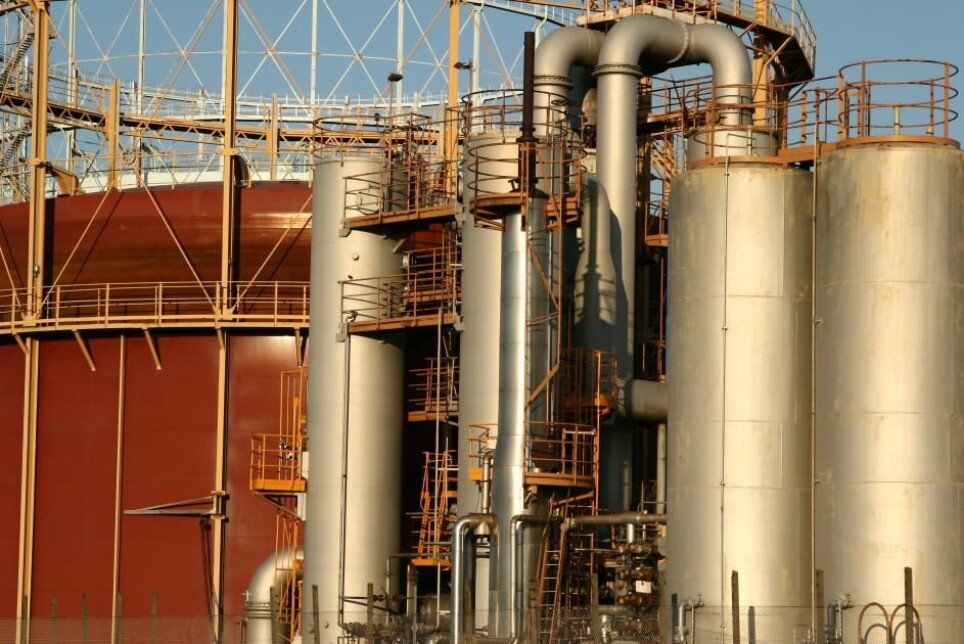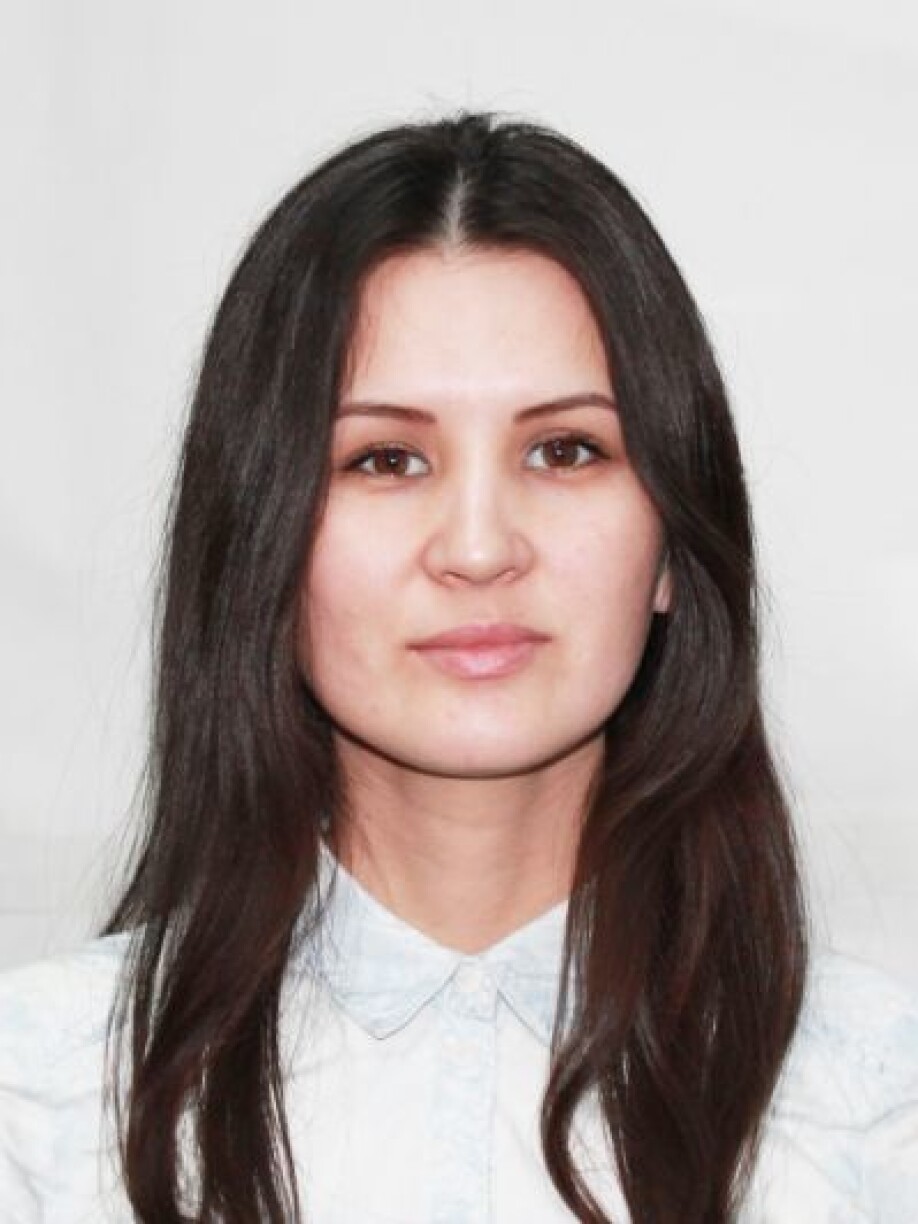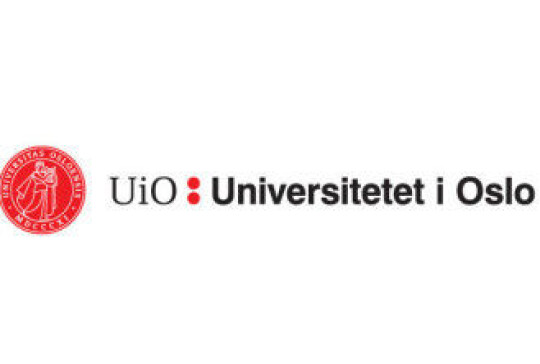This article is produced and financed by University of Oslo - read more

Green energy:
Waste heat from the industry can be trapped and used
Thermochemical storage can trap and retain heat from the industry that otherwise disappears into the atmosphere.
Three quarters of the energy produced in the world ends up as waste heat.
“When industry produces heat most of it is lost in the atmosphere,” says Perizat Berdiyeva.
In her Ph.d at the Department of Chemistry, she has studied a method that can store and utilize this heat.
“Heat below 100 degrees Celsius can actually be utilized,” Berdiyeva says.
Just a few weeks after her disputation, she is already in the process of putting the theory into practice as a postdoc at the Technical University of Denmark.
“I am now involved in a project where we are going to build the actual reactor and test it in real life in collaboration with the industry,” Berdiyeva says.
Strontium chloride and ammonia
The method itself is known from before. It uses the chemical properties of strontium chloride and ammonia to store heat and then release it where it is needed.
One molecule of strontium chloride (SrCl2) can take up eight ammonia molecules (NH3). In this process heat is released. The reverse reaction absorbs heat when ammonia is separated from strontium chloride.
Both with and without ammonia strontium chloride has the form of a powder. The waste heat can be used to initiate the chemical reaction that separates the two substances from each other.
“If we have the strontium chlorine ammine as a powder, the heat will remove the ammonia from the powder and we can store ammonia gas separately for a long time,” Berdiyeva says.
“The waste heat is needed to separate the ammonia from the strontium chloride. That happens around 50 degrees Celsius.”
“When you need the heat you do not have to apply any energy to release it. You just open the connection and the gas goes back to the powder. This reaction releases as much energy as was needed to separate them in the first place," Berdiyeva says.

This reaction is also very reversible so you can do it as many times as you want, whenever you need it.
Neutron imaging
Berdiyeva’s main contribution is that she has studied this reaction using neutron imaging.
“This was the first time neutron imaging was used for this kind of heat storage application with ammonia. The process was known, but it was not studied with neutron imaging so we could see these reactions in the images,” she says.
Thus, she was able to follow what happened during the experiment. By placing it in a neutron beam, she got pictures that showed what was going on.
“When the beam goes through the sample, the energy of the beam changes. You have a detector at the other end that detects the change in the beam and a camera so you can see the image on the computer.”
“It's an in situ reaction so we scan for several hours and get many, many images,” Berdiyeva says.
They did the experiment in both directions to see what happened when the ammonia was absorbed and when the ammonia was released from the strontium chloride.
Pan-Scandinavian project
Now she will take this knowledge into practical use.
“Based on these studies we know that the reaction happens and we know of the problems we were able to see with neutron imaging. Now we can build a safe and efficient reactor,” Berdiyeva says.
The project is a Scandinavian collaboration. Berdiyeva did her Ph.d at The University of Oslo and Institute for Energy Technology (IFE). Now she is in Denmark at the Technical University of Denmark and researchers from Sweden are also involved.
“With the issues of climate change and the ways we try to reduce our energy consumption or make it more efficient, small steps from different research groups will contribute a lot. I’m happy to be involved in such a group,” Berdiyeva says.
Reference:
Perizat Berdiyeva: Characterization of Heat Storage Materials with Neutron Scattering and Imaging Techniques, Doctoral dissertation at the Department of Chemistry, UiO, 2020.
———
Read the Norwegian version of this article at forskning.no


































